Mary Washington Asparagus
ASPARAGUS 25 seeds per pack
Asparagus should be in everyone’s garden. Or even flower bed! Besides those thick, tender, luscious stalks in the early spring, asparagus then grows upward and forms lovely, airy ferns that float in the air. Grandma had them in her flower beds, in Detroit. We ate plenty of asparagus, come spring. Then, we got to enjoy their pretty foliage all summer and fall. The birds enjoy their bright orange, round seed pods all winter too. We sell the old fashioned Mary Washington, which has been around for many decades and is the variety that has gone wild, due to birds depositing seeds hither and yon.
Start indoors about 8 weeks before your last spring frost. Transplant outside into a well tilled bed of soil, fertilized with plenty of rotted manure. Do not harvest until the third year to allow the roots to strengthen and develop.


Golden Self-Blanching Celery
GOLDEN SELF-BLANCHING CELERY I always thought celery was hard to grow. So, I didn’t. What a mistake. When I finally started some seeds indoors and then transplanted it outside, I was shocked at how easy celery, especially self-blanching celery really is to grow. Now, I grow it every year and can up lots. Yum!! 50 Seeds per pack 86 Days
KOHLRABI 50 seeds per package
Kohlrabi is an under-used old-time relative of cabbage, turnips and cauliflower. While the leaves are edible and good, the prime munchie is the roundish large bulb which grows on the lower part of the stem, not underground. While these are best eaten while relatively small, we’ve had them well over a pound and still tender, juicy and very sweet. I like them raw in salads, shredded, sliced or diced or steamed and creamed. Very good!!!

Early White Vienna
Early White Vienna This is the first variety I grew over fifty years ago. And you know what? I still do! This white kohlrabi is an heirloom from way back and is just being “discovered” today by chefs and homesteaders, world-wide. Very early to bulb up, sweet, juicy and tender. 65 days
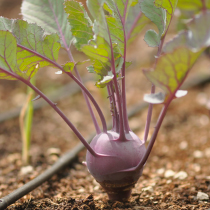
Azur Star
Azur Star Want a little “snap” to the visual of your salads? Try this beautiful, refined purple-skinned kohlrabi for a nice change. The flesh is sweet and juicy; a glowing white. We just love this beautiful, easy-to-grow crop Use the leaves too!
RADISHES 50 seeds per package

Champion
CHAMPION We always grow Champion radishes in our garden. This is a big, round, shining red radish with juicy sweet white meat that’s a wonderful addition to spring salads or just to pull up and devour in the garden. Very early, too! It is also slow to get woody as the summer heats up so you can plant a small row multiple times during the spring so you can eat ’em well into summer. 50 days 50 seeds per pack
HAPPY MIXED COLORS I know some of you don’t have much gardening room or garden in containers so you don’t have room for many different rows of colorful radishes. So I’ve got this pretty mix of assorted colors of radishes just for you. Kids, especially, love to pull their own radishes and squeal at each bright color. 50 days 50 seeds per pack
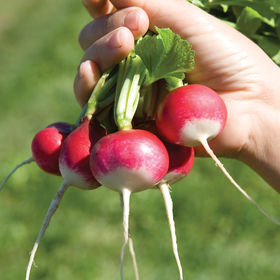
Sparkler
SPARKLER Here’s an heirloom radish that’s the very picture of what most folk think of when “radish” comes to mind. It’s bright red, round and has a milky white tip. Sparkler has just the right amount of “bite” without being hot. You’ll love them. 55 days 50 seeds per pack.
RHUBARB
Rhubarb; 50 seeds per pack


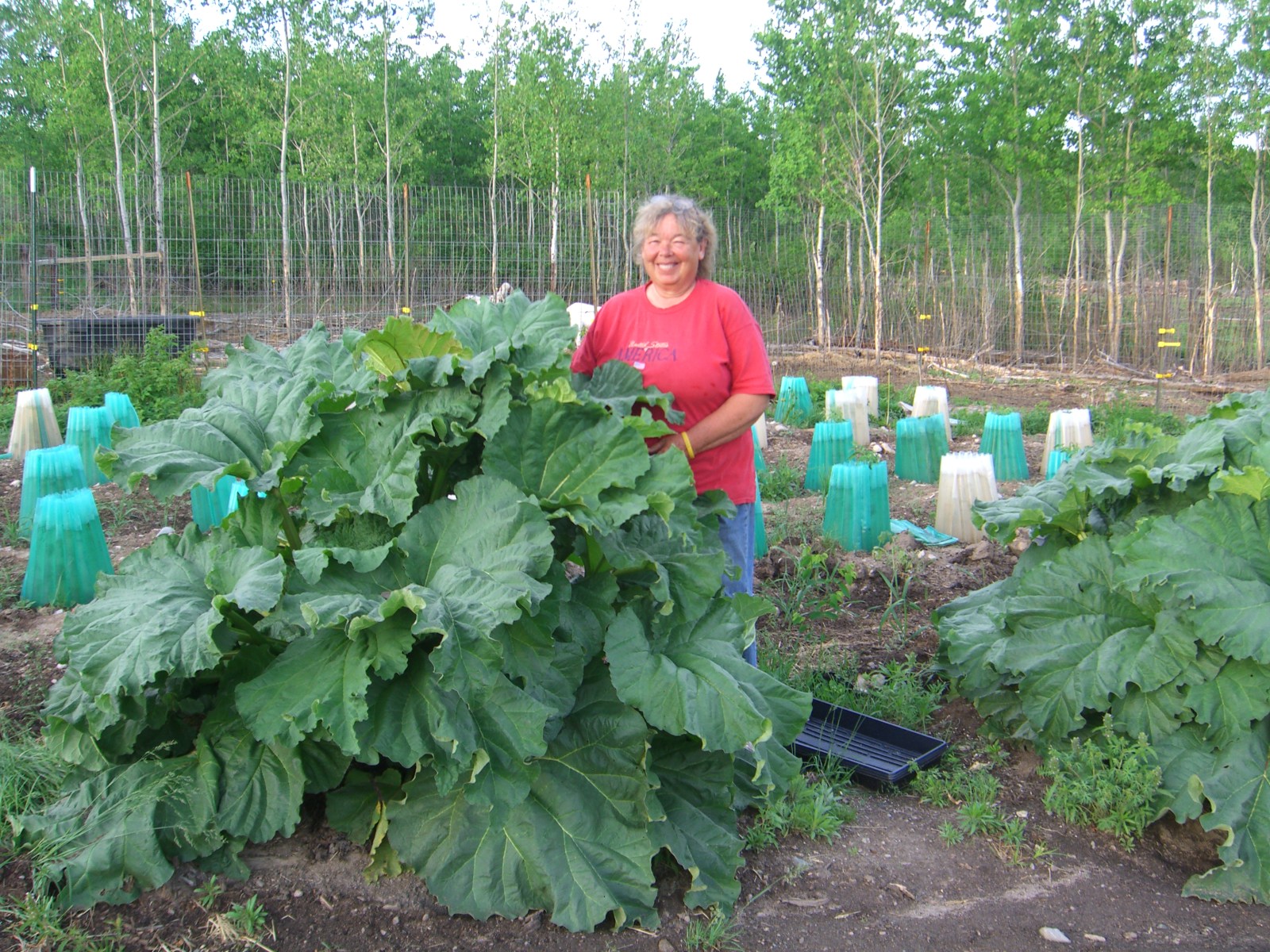
Victoria Homestead
Victoria Homestead is the “giant rhubarb” you’ll see growing in our garden. In the summer, its leaves measure three feet across and the stalks are as thick as a child’s wrist and yes, still tender! It is a chiefly green rhubarb with red tinges along the lower stalk. It is very hardy and tasty, too. I can up lots of juice, sauce and slices to make baked desserts all winter long. The pioneers called it “Pie Plant” because it was the first producing fruit from roots and seeds they’d carried with them to their new homesteads, far away. Give it lots of rotted manure and yours will be giant, too!
RUTABAGA
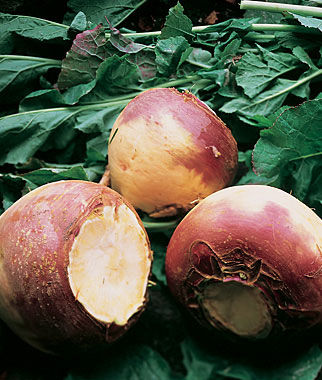
Laurentian Rutabaga
Laurentian Here’s a dependable, fast-bulbing up rutabaga with sweet, juicy flavor. We grow lots, eating them fresh, stored in our root cellar and canned for handy use. The flavor is mild and cabbage-like. Old-time homesteaders used to grow tons, feeding many to livestock, piled high under straw in the barn. (If you do, chop them before feeding as cattle, sheep and goats could choke on them otherwise, gobbling them down too quickly.) 50 seeds per pack. (Harvest after frost for best taste!)
SWISS CHARD
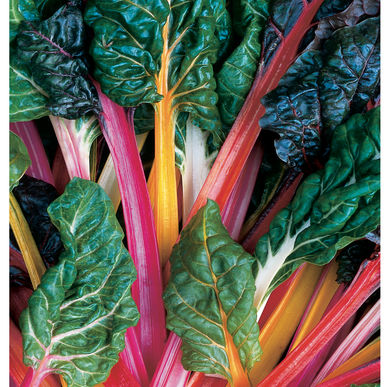
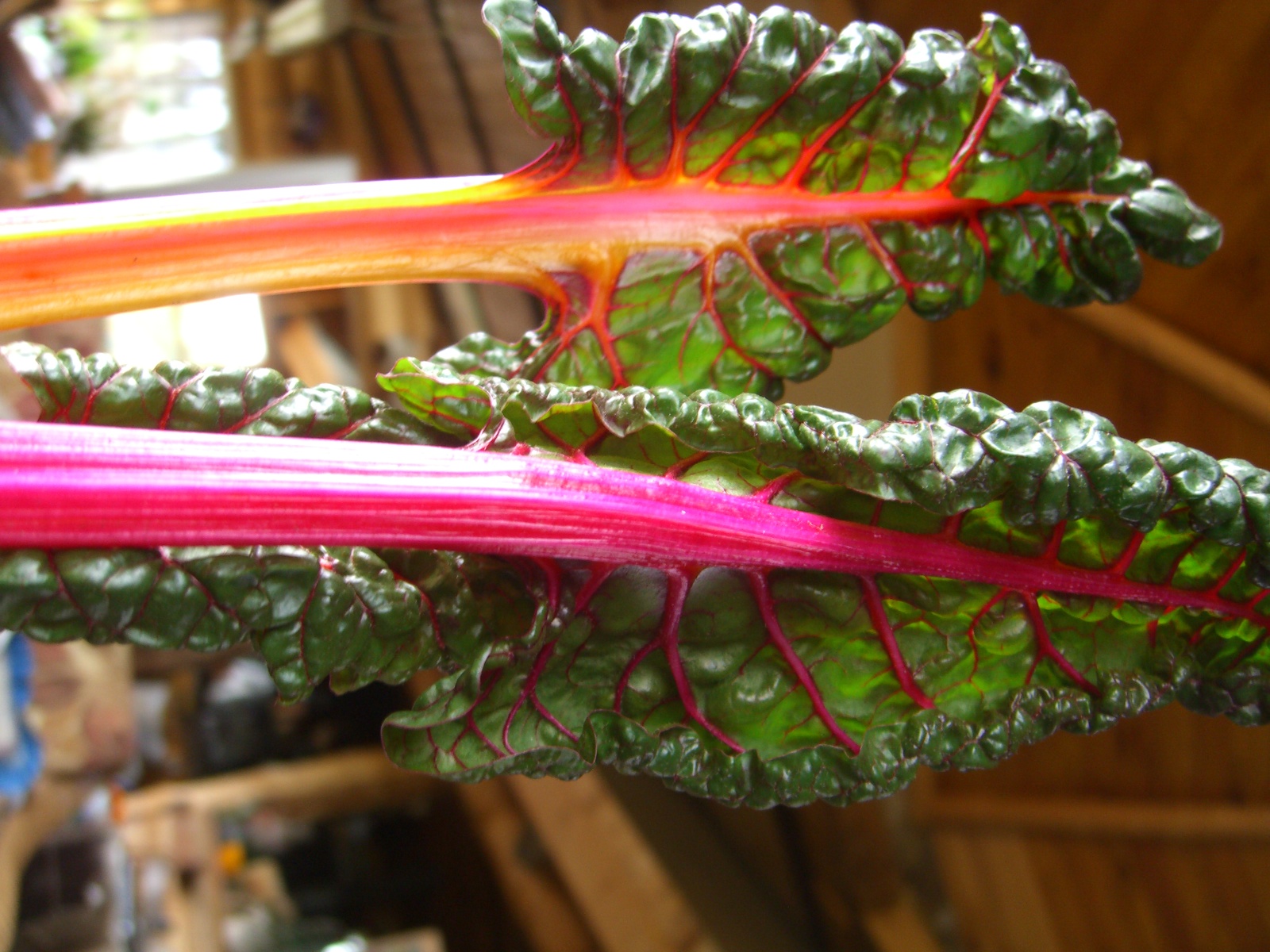
Bright Lights
Bright Lights I first grew this stunning Swiss Chard decades ago, when it was first introduced. Before this I had grown “plain” Swiss Chard with white ribs and green leaves. Tasty, but not awe-inspiring. Bright Lights is a mixture of several brilliant Swiss Chard colors ranging from white to shocking pink, red and yellow. When growing together, it is simply unbelievable. And, it not only looks beautiful in salads and in your garden but it tastes every bit as sweet and good as does “regular” colored chard. I can up quarts every single year. You can use baby leaves in impressive salads right up until the ground freezes! 50 days to baby leaves/65 to larger leaves 50 seeds per pack



